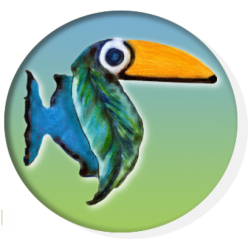Alice Kohler shares photos and thoughts on her time in the Xingu river basin in the Brazilian Amazon.
Alice Kohler is a Brazilian photographer who has visited over 20 countries during her career. In Brazil in particular she has travelled into some of the remotest parts of the Amazon basin and spent time with many of the country’s indigenous peoples, including the Araweté, Asurini, Guarani, Kamaiura, Karajá, Kayapo, Kuikuro, Parakanã, Pareci, Xavante and Yawalapiti.
An exhibition of Kohler’s photographs of the Araweté opens in Cusco in neighbouring Peru today, held at a newly-opened Amazon-themed gallery run by Peruvian company Xapiri. Kohler and Xapiri are holding the exhibition out of concern for the impacts on the Araweté and many others of the Belo Monte dam complex – arguably the world’s most well-known hydroelectric power project because of the opposition it has generated – as well as plans by a Canadian-headquartered company, Belo Sun Mining, to develop what would reportedly be Brazil’s biggest open sky gold mine.
The Araweté, living in the Xingu basin in the state of Pará, established sustained “contact” in the late 1970s after their land was opened up by the so-called TransAmazon Highway – part of the BR-230 – partly funded by the World Bank and Inter-American Development Bank. This led immediately to what Brazilian anthropologist Eduardo Viveiros de Castro called, in an ethnography published in 1986, “demographic catastrophe”, with one third of them dying. Today, population exceeds that of pre-“contact” levels, but Kohler – and others – argue the Araweté are now undergoing “ethnocide.”
By David Hill
FONTE: SERVINDI – https://www.servindi.org/
VER 10 FOTOS EM: ‘The river is life’ – a photographer among the Arawete in Brazil | Servindi – Servicios de Comunicación Intercultural
Source: ‘The river is life’ – a photographer among the Arawete in Brazil | Environment | The Guardian

